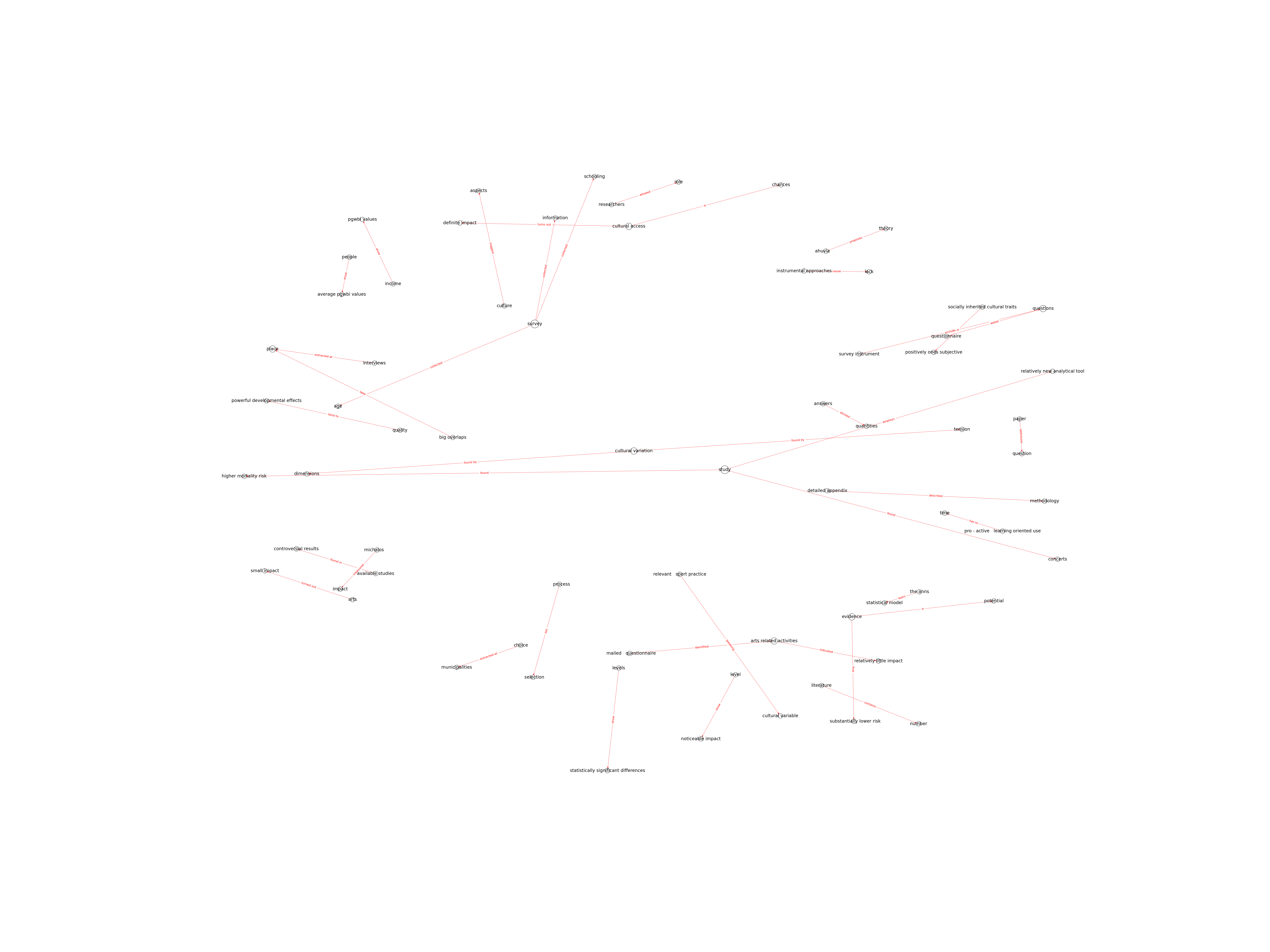| Id | 102 | |
| Author | Grossi, E., ; Sacco, P.L., ; Blessi, G.T., ; Cerutti, R., | |
| Title | The Impact of Culture on the Individual Subjective Well-Being of the Italian Population: An Exploratory Study | |
| Reference | Grossi, E.; Sacco, P.L.; Blessi, G.T; Cerutti, R. (2011). The Impact of Culture on the Individual Subjective Well-Being of the Italian Population: An Exploratory Study, Applied Research Quality of Life, 6: 387-410. |
|
| Keywords | cultural access; cultural and health policies; psychological well-being |
|
| Link to article | https://doi.org/10.1007/s11482-010-9135-1 |
|
| Abstract | This study employs a relatively new analytical tool – Artificial Neural Networks (ANNs) – to explore the relationship between cultural access and individual psychological well-being (the Psychological General Well-Being Index – PGWBI). The particular ANN utilized is an artificial “organism” called TWIST, which has been designed to sort out the most relevant variables for the purpose of prediction or classification. TWIST was found to be useful in detecting the underlying relationships among the many wellbeing variables that were part of the study, and was superior to linear techniques in dealing with the full dynamic interactions that contribute to cultural choices and behaviours. A detailed appendix to the article describes this methodology in full. The data for the study were derived from a cross-sectional, randomized survey of 1500 Italian residents. The survey instrument included questions that assessed the psychological well-being of respondents in six domains: anxiety, depressed mood, positive well-being, self-control, general health, and vitality. Fifteen variables related to cultural access were added to the questionnaire, as well as activities related to sport participation and local community development, and respondents were asked to indicate the frequency of participation in each activity. |
|
| Metodology | Data are processed by means of a specific methodology based on Artificial Neural Networks (ANNs) and called TWIST |
Technique | Questionnaire |

Note: Due to lack of computing power, results have been previously created and saved in database


